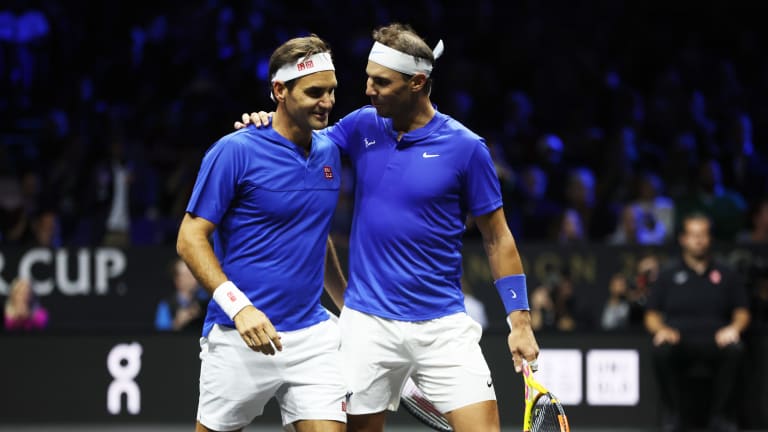News
Parting Shot: Racquets do the talking
By Oct 14, 2022News
Adrian Mannarino headbutts racquet butt cap and draws blood, recalling Mikhail Youzhny
By Jan 03, 2024News
22-year-old Iga Swiatek to surpass 20 million dollars in career prize money
By Aug 28, 2023News
20-year-old Carlos Alcaraz surpasses 20 million dollars in career prize money
By Aug 21, 2023News
The ITF's Katrina Adams stays on the front lines for women with the Tory Burch Foundation Sports Fellowship
By May 02, 2023News
Daniil Medvedev, Stefanos Tsitsipas hit major career prize money milestones after Monte Carlo
By Apr 17, 2023News
Petra Kvitova on that tie-break against Rybakina: “I think it was the longest one I ever played in my life”
By Apr 02, 2023News
Barbora Krejcikova surpasses $10 million in career prize money after Indian Wells
By Mar 20, 2023News
Carlos Alcaraz gives shelter to ballkid as rain starts pouring in Rio
By Feb 22, 2023News
Gabriela Sabatini among packed crowd in Buenos Aires to watch Carlos Alcaraz’s comeback match
By Feb 16, 2023News
Parting Shot: Racquets do the talking
Tennis friends come and go. Which makes them perfect for our adult lives.
Published Oct 14, 2022
Advertising

"Every new tennis friend brings out a new side of us," writes Tignor.
© Getty Images for Laver Cup